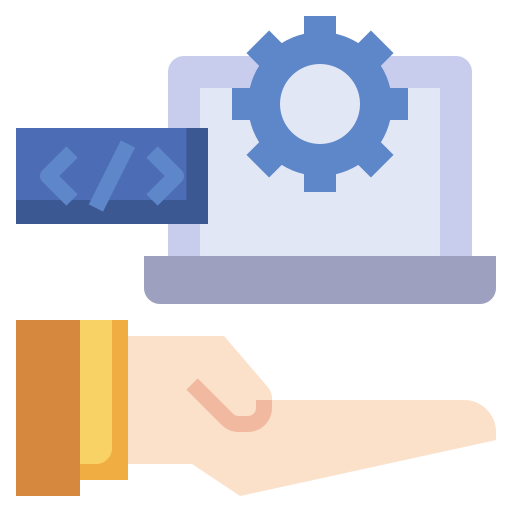Table of Contents
- What are WordPress Hooks?
- How Do WordPress Hooks Work?
- How to Use WordPress Hooks?
- Benefits of Using WordPress Hooks
- FAQs on WordPress Hooks
- Conclusion
Usually the first purpose of using WordPress for a website is its flexibility and customizability. That purpose is usually fulfilled by installing a WordPress plugin. But sometimes, you may still feel limited by its default functionalities. Then you need WordPress hooks. Hooks are built into the core of WordPress acting like access points within its code.
Professional WordPress developers use Hooks to add new features and modify the existing ones without core file editing. These functionalities will work independent of the theme and plugins, future-proofing your website. In this blog, I will tell you what Hooks are, how they work, and how to use them in their projects. Let’s begin.
What are WordPress Hooks?
WordPress hooks let you create custom functionalities in your website without extensive coding. You can insert custom code snippets at specific moments. They influence how your website works without modifying the WordPress core file structure. There are two main types of hooks:
- Actions: Think of actions as triggers. You can use them to execute your code at specific points in the WordPress workflow, like adding content to a post or before a user logs in. This allows you to react to events and add your desired functionality.
- Filters: In contrast to actions, filters are more about modifying existing data. They allow you to intercept information that’s being processed by WordPress and alter it before it’s used. For instance, you could use a filter to change the way the title of a post is displayed.
Since you don’t have to edit the core files, your website remains safe and receives smooth updates in the future. So you are in complete control of your WordPress website, its features, and behavior.
How Do WordPress Hooks Work?
WordPress hooks are a foundational feature of WordPress that developers use to change or extend the functionality of their website. There are two types of hooks, Actions and Filters, and both work differently.
Title for advertisement
Actions
Actions allow you to add custom functions to the WordPress execution cycle. These functions will be executed at specific points in the WordPress core code.
Creating an Action Hook: The WordPress core or plugins/themes can create action hooks using the do_action() function.
do_action('hook_name', $arg1, $arg2);
Adding a Custom Function to an Action Hook: Developers can attach their custom functions to these hooks using add_action().
add_action('hook_name', 'your_function_name', 10, 2);
function your_function_name($arg1, $arg2) {
// Your code here
}- ‘hook_name’ is the name of the action hook.
- ‘your_function_name’ is the name of your custom function.
- 10 is the priority (optional, default is 10).
- 2 is the number of accepted arguments (optional, default is 1).
Filters
With filters, you can modify data before it is used or displayed. They work similarly to actions but are used to pass and manipulate data.
Creating a Filter Hook: The WordPress core or plugins/themes can create filter hooks using the apply_filters() function. 1 $value = apply_filters(‘hook_name’, $value, $arg1, $arg2); Adding a Custom Function to a Filter Hook: Developers can attach their custom functions to these hooks using add_filter(). 1 2 3 4 5 6 7 8 9 add_filter(‘hook_name’, ‘your_function_name’, 10, 3); function your_function_name($value, $arg1, $arg2) { // Modify $value return $value; }
- ‘hook_name’ is the name of the filter hook.
- ‘your_function_name’ is the name of your custom function.
- 10 is the priority (optional, default is 10).
- 3 is the number of accepted arguments (optional, default is 1).
- The function must return the modified $value.
Both actions and filters accept an optional priority argument. The default priority is 10, and hooks with lower priority numbers execute first. If multiple functions are hooked to the same action or filter, their execution order can be controlled using this priority argument.















